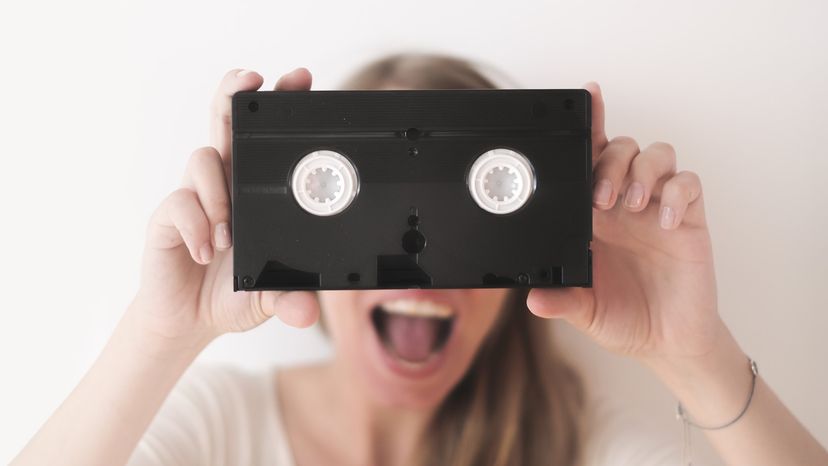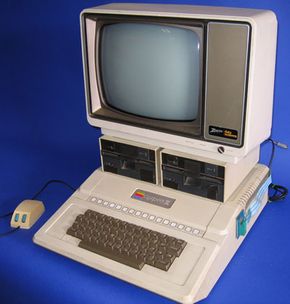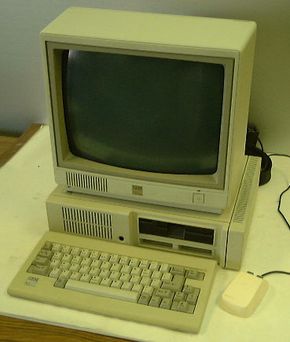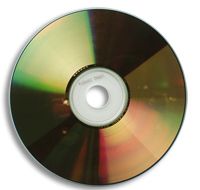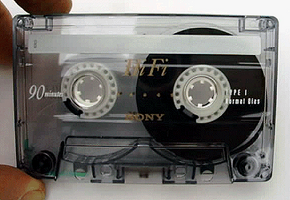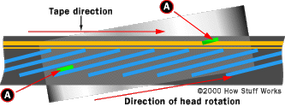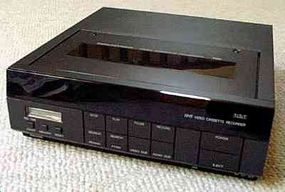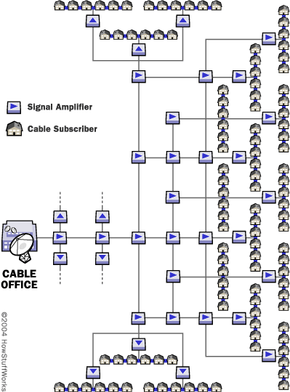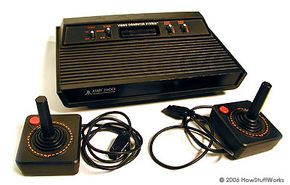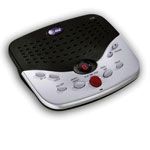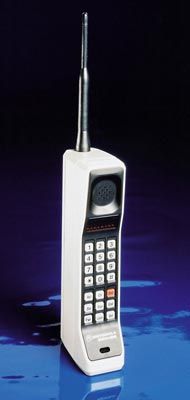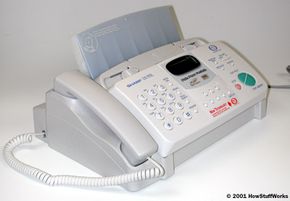Let's start with personal computers. Certainly, personal computers have had a gigantic effect on our world. Today they are as common as cars, telephones and television sets. Without personal computers, the World Wide Web would be impossible, and you probably wouldn't be reading this article.
Personal computers were born in the 1970s, shortly after the development of the microprocessor chip. The Apple I came out in 1976, and the Apple II appeared in 1977. It had a 6502 processor running at 1 MHz. The 6502 was an 8-bit microprocessor chip, and in the Apple II it had a maximum RAM space of 48 kilobytes. (In contrast, today's least expensive Apple, the Mac mini, has a processor that runs at 1.5GHz with a 60-gigabyte hard drive and 512 megabytes of RAM.)
Then in 1982 came the IBM PC. It is hard for us today to realize how big a deal this was, but you have to understand the reputation IBM had at the time. IBM made big, mainframe computers for major corporations. By introducing the PC, IBM gave personal computers real credibility. Since the PC came from IBM, it had a strong reputation behind it.
The IBM PC, although pathetic by today's standards, was very powerful for its time. It had a 16-bit 8088 processor running at 4.77 MHZ. This was a blazing clock speed for the time, almost five times faster than the Apple II or IIe. That, combined with the fact that it could handle 16-bit calculations, combined with the ability to add on the 8087 math co-processor, along with a maximum memory space of 640 kilobytes, made the PC a very powerful machine.
I bought a real IBM PC in 1982. It cost about $2,000. It had 64 kilobytes of RAM and a single 360K 5.25-inch floppy disk drive. It had a monochrome screen and ran DOS 1.0. There was a BASIC interpreter built into ROM and I had bought a word processing program called Volkswriter. And I had an Epson MX-80 dot matrix printer. With all of that I had a "complete" home computer system.
The thing you first noticed when you used a PC was the keyboard. It was built like a tank and weighed more by itself than some laptops do today. The second thing you noticed was the clarity of the characters on the monochrome screen -- 40-character screens were much more common at the time. And then there was the floppy disk drive. Compared with a cassette tape, it was amazingly fast and stored a gigantic amount of information.
At the time, this setup (or a similar setup built around an Apple II) was an absolute miracle. It was amazing that a person could sit at home, write programs and do word processing on a $2,000 machine.
IBM's machine spawned two revolutions:
- First, there was a software revolution. Real companies began to produce a wide array of software products for the PC. Many of these were business programs and included word processors, spreadsheets, CAD tools and more.
- Second there was the hardware revolution. Compaq was the first company to "clone" the PC, creating a complete system that could run all of the PC's software. Many other companies started doing the same thing. The competition brought prices down and increased the pace of innovation.
Soon there were thousands of hardware and software companies competing in the PC space.
During the '80s, Intel released the 80286, the 80386 and then the 80486 -- a 32-bit processor which had more than a million transistors on a single chip, a clock speed of 25 MHz and a 4-gigabyte memory space. Hard disks, which really didn't exist in the personal computer marketplace in 1980, became inexpensive and ubiquitous as the decade progressed. By the end of the 1980s, PCs were everywhere.
See How PCs Work for details.
